
Generative AI has transformed how we create campaigns, saving time and yielding better ROI for our clients.
From personalized email content to predictive audience targeting, AI tools made marketing easier.
Is it time to embrace AI? What are the potential rewards and risks? In this in-depth guide, we’ll answer all of these questions.
We’ll also share examples and templates to help you take advantage of generative AI in your marketing campaigns.
I have always wondered,
“Can AI deliver similar or better results than traditional methods?”
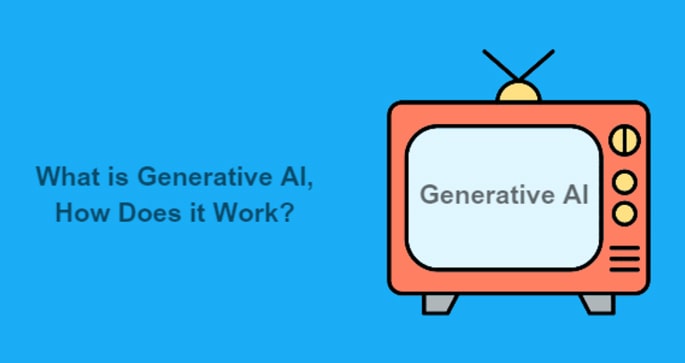
Generative AI is a subset of artificial intelligence that creates new content — written, images, videos, and more — based on patterns learned from existing data.
Unlike traditional AI, which follows predefined rules, generative AI leverages advanced models like GPT or DALL-E to produce original, human-like outputs.
It can craft personalized, creative solutions for any business, particularly in marketing. This helps a business scale content ideation and creation and drive engagement like never before.
Here are the most effective ways to utilize generative AI in your marketing efforts:
Generative AI allows brands to achieve true personalization, creating tailored content for individual users on a massive scale.
For instance, companies like Netflix use AI to recommend shows based on viewing history, increasing user retention rates by 75%.
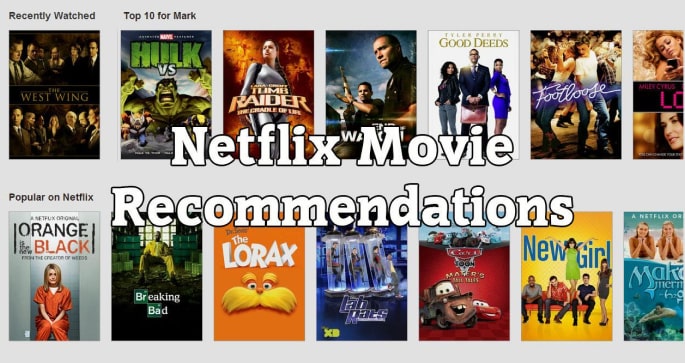
The Dynamic Yield tool allows brands to segment audiences by behavior, crafting personalized emails, product recommendations, or landing pages that resonate with users.
The key lies in combining customer data — like purchase history and browsing patterns — with generative AI capabilities. This transforms generic campaigns into personalized experiences, boosting conversions.
An online retailer could send customized product suggestions via email, resulting in higher click-through rates (CTR).
Analyze your existing customer data
Choose AI tools suited for your platform, and…
Test personalized campaigns on a small segment before scaling.
Your business should strike a balance between personalization and respecting user privacy. This is crucial to ensure your efforts comply with regulations like GDPR and CCPA.
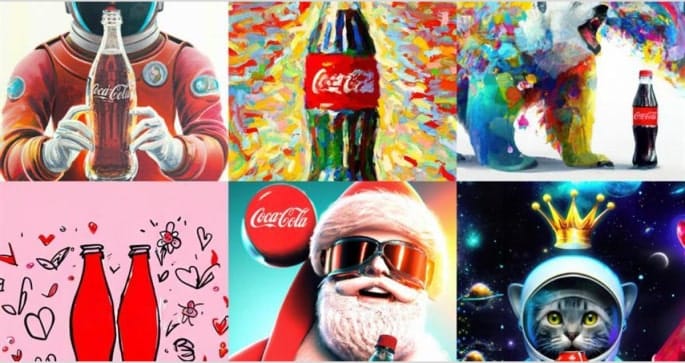
The beauty of generative AI is its ability to provide endless variations of content ideas, saving time and sparking inspiration.
For instance, Claude.ai can generate ad copy with a specific tone, while Canva integrates AI to design marketing materials that align with your branding. These tools enhance brand consistency and scalability.
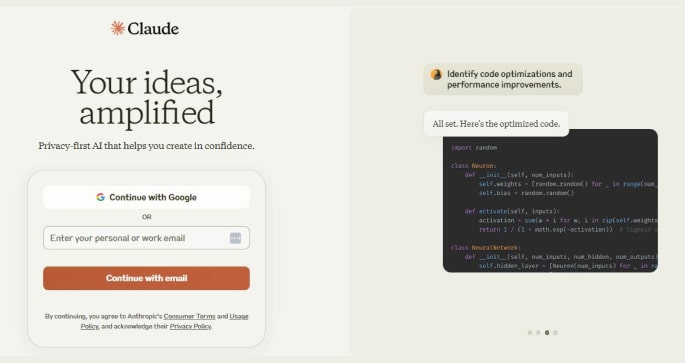
To leverage AI creatively, identify areas in your workflow that require repetitive content ideation and creation. Start small — test AI-generated content alongside traditional methods and compare results.
For instance, a brand could use AI to generate multiple ad variants, and then analyze performance to identify the top-performing version.
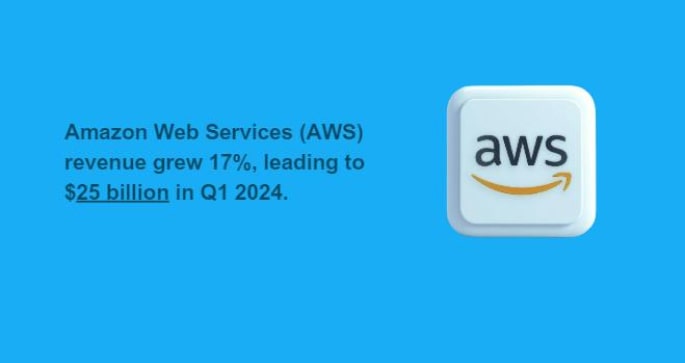
AI-powered tools such as Salesforce Commerce Cloud help e-commerce brands integrate similar recommendation engines.
The tool analyses browsing history, purchase trends, and demographics to create seamless shopping journeys. This not only increases conversion rates but also boosts average order values.
Start with a robust AI tool that integrates with your platform, and…
Train the model with accurate customer data, focusing on behavior patterns and preferences.
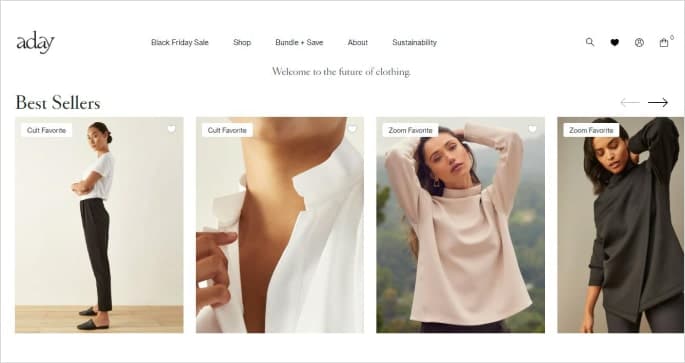
Content distribution is crucial if your brand wants to reach the target audience.
With generative AI, it’s now easier than ever before to analyze audience behavior and identify the best channels for engagement.

HubSpot’s AI-powered distribution feature allows marketers to distribute content where it will have the highest impact.
Airbnb uses AI to tailor campaigns for different platforms; Facebook, Instagram, and email, ensuring content reaches the right audience.
AI analyzes channel performance and optimizes posting schedules and content formats for the channels.
Use the Hootsuite or HubSpot AI to track audience behavior across platforms.
Allow AI to suggest the best channels and timing for content distribution.
Run A/B tests to refine the process, ensuring higher engagement and ROI.
Continuously analyze performance and adapt based on AI-generated insights.
Brands that are intentional about content distribution have removed the guesswork and continue to focus on high-performing channels, saving resources while maximizing results.
Generative AI chatbots dramatically affected customer support by providing instant, accurate responses, reducing wait times, and improving satisfaction rates.
Generative AI transforms customer support for brands by powering smart chatbots that offer fast, efficient assistance around the clock.

A major benefit of AI chatbots is that it keeps learning and improving over time.
As they interact with more users/customers, they get better at understanding unique requests and providing more personalized responses.
This means customers get faster help, even during high-demand times when human agents might be unavailable.
AI chatbots can also work across Facebook Messenger or WhatsApp. These easy-to-use platforms let users reach out wherever they’re most comfortable.
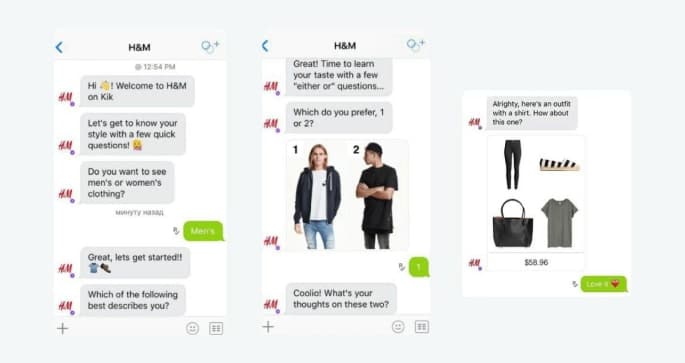
H&M uses a chatbot to guide customers through the online shopping process. It asks a series of questions to understand customers’ tastes and preferences. Then it uses the insights to answer questions about product availability, size, and shipping.
Human agents STRICTLY focus on answering more complex inquiries.
Ultimately, AI chatbots reduce response times, increase efficiency, and offer valuable insights into customer needs.
They’re not just for answering questions — they’re helping brands improve customer satisfaction while saving on support costs.
Spotify uses AI to analyze user data, improve personalized playlist recommendations, and increase user engagement.
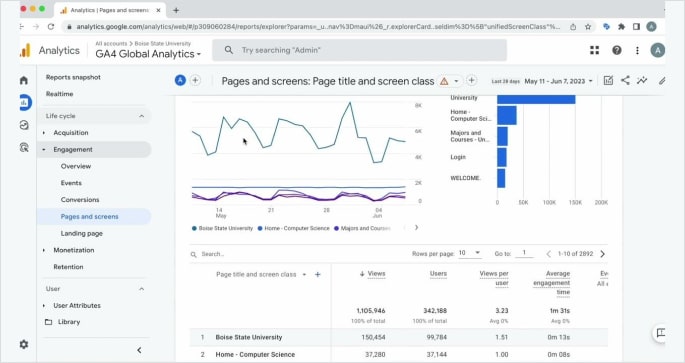
Sign up with Google Analytics 4 for tracking.
Copy and insert the tracking code onto your web pages.
Analyze user behaviors and campaign data to find areas to improve.
Use AI-generated predictions to allocate budgets for high-performing channels.
Automate reporting to save time and focus on actionable insights.
Any brand that collects website and marketing data can easily optimize marketing spend and maximize ROI with minimal manual effort.
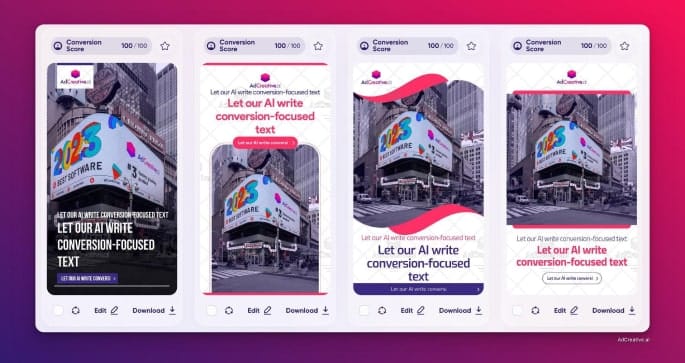
Today, businesses can create high-performing ads and publish viral posts, all thanks to generative AI.
Social media marketing tools such as AdCreative.ai and Later analyze audience preferences and behavior — before making content suggestions.
Coca-Cola used AI to produce 120 ad variants for its “Share a Coke” campaign, achieving record-breaking engagement.
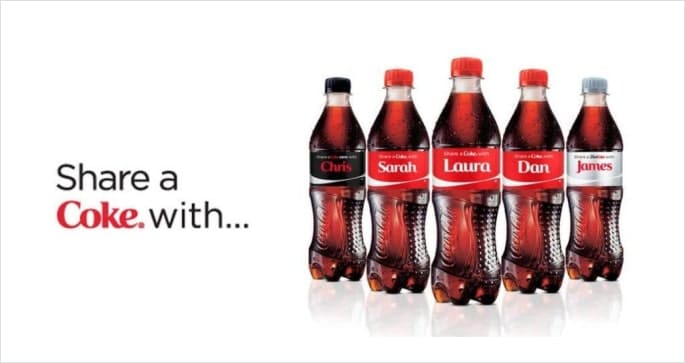
Faster ad creation with tailored messaging.
Real-time performance insights for optimization.
SaaS brand could work with influencers to share “how-to” videos using their tools.
TikTok’s ad manager simplifies targeting based on behaviors, interests, and hashtags. Use storytelling to connect emotionally with viewers.
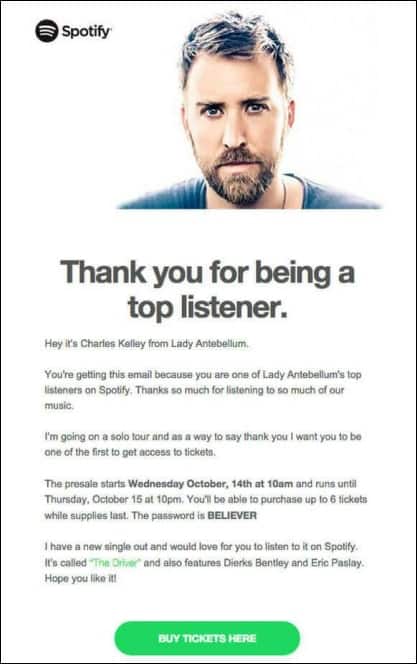
Businesses are seeing huge results with their email campaigns.
Generative AI allows them to deliver highly personalized, relevant content to each recipient, boosting engagement and conversion rates.
Rather than sending generic, one-size-fits-all emails, AI analyzes customer data — like purchase history, browsing behavior, and past interactions — to create tailored messages that speak directly to individual preferences.
For example, Spotify leverages AI to personalize email marketing campaigns. Their emails aren’t just generic reminders about new music; they offer customized playlists, concert recommendations, and personalized year-in-review reports.
By analyzing the user’s listening history, Spotify generates custom recommendations that feel personal and timely, increasing the likelihood of engagement.
Sephora also uses AI to send personalized product recommendations based on a customer’s past purchases or items they’ve browsed on their site.
These recommendations are crafted in real time, ensuring that the content in the email always feels fresh and relevant to each individual.

AI can also predict the best time to send emails, ensuring they land in a recipient’s inbox when they’re most likely to engage, based on their past behavior.
With AI-powered personalization, brands can strengthen customer relationships, boost open rates, and drive sales with minimal manual effort.
We’ve used generative AI to analyze vast datasets to predict consumer preferences. This is crucial for personalized product recommendations.
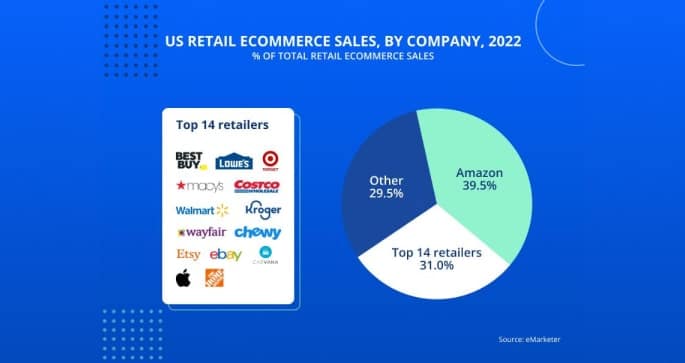
Amazon uses AI algorithms to display related products on landing pages, emails, and during the checkout process.
This approach improves customer experience and drives cross-selling and upselling opportunities.
To implement this, brands need a solid foundation of customer data. With the right tool, your business can leverage AI for real-time recommendations on your online store.
This works exceptionally well for e-commerce and subscription services.
As you implement these strategies, ensure ethical use of data by adhering to privacy regulations like GDPR and CCPA, which build customer trust and long-term loyalty.
Generative AI identifies the right creators and crafts custom campaigns.
Adidas uses AI tools such as CreatorIQ to analyze influencer metrics, ensuring alignment with campaign goals. AI helps identify influencers with high engagement rates and audience relevance, significantly improving ROI.
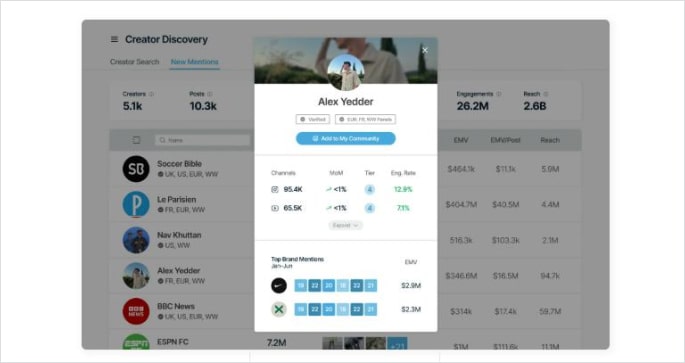

AI tools like HypeAuditor or Upfluence provide data-driven insights on influencer performance, audience demographics, and authenticity.
For example, an outdoor gear brand could use AI to find micro-influencers passionate about hiking and match them with products like camping tents or hiking boots.
Brands must blend AI insights with human judgment.
While AI can provide quantitative data, the qualitative aspect — such as aligning values and brand aesthetics — requires a personal touch.
Combining these approaches helps a business to create impactful influencer partnerships that resonate with audiences.
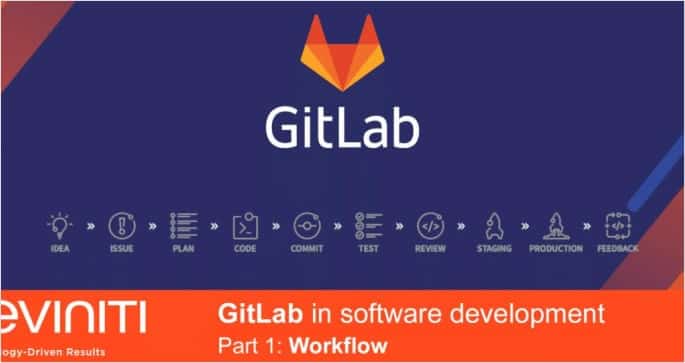
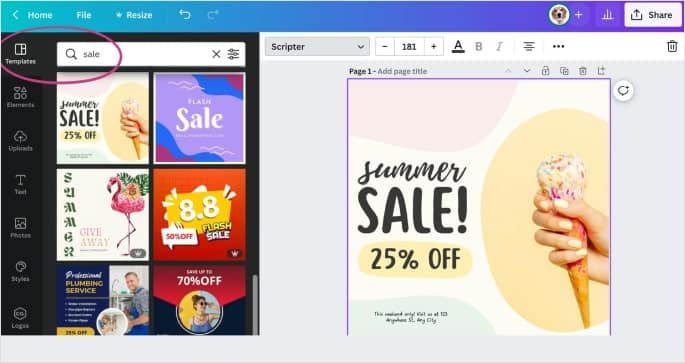
This reduces production costs and accelerates timelines. For instance, Jasper can draft product copy based on a brief, while Grammarly ensures the content is polished.
Similarly, Canva’s AI tools help small businesses create professional visuals without hiring a designer. Just pick a template and customize it away.
The key is maintaining authenticity. Automated content should always align with your brand voice.
As a rule of thumb, a SaaS company using AI to generate case studies must review and edit for tone and accuracy.
Automation doesn’t eliminate human involvement; it complements it by handling repetitive tasks, allowing marketers to focus on strategy and creativity.
With AI-powered tools, brands can scale their content marketing efforts, save costs, and compete in a rapidly evolving digital landscape.
AI is powerful! But many companies are ignoring it. How sad? While many of its applications are well-documented, here are the six unique and impactful benefits that often go unnoticed:

Use case:
An e-commerce brand can use AI to test multiple ad variations across different demographics, with the algorithm identifying the highest-performing version almost instantly.
This process saves time and optimizes campaigns mid-flight, leading to better ROI and reduced ad spend.
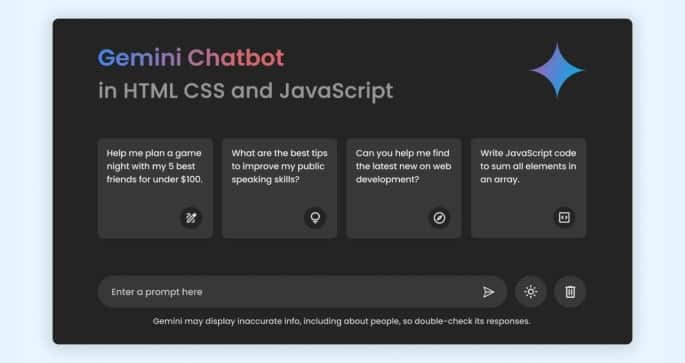
Unlike traditional rule-based chatbots, AI-powered ones use NLP (natural language processing) to analyze user intent and craft tailored responses.
Gemini or Dialpad AI Contact Center allows businesses to interact more meaningfully with customers.
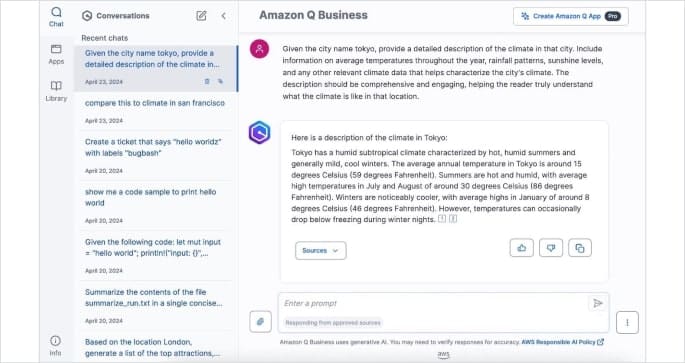
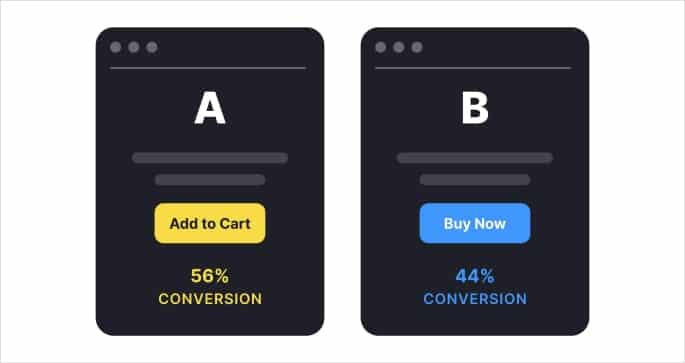
Use case:
A beauty brand launching a new skincare product could use AI to generate Instagram captions, blog topics, and email subject lines tailored to different audience segments.
This empowers smaller teams to compete with larger organizations by leveling the creative playing field.
Being able to integrate marketing campaigns across multiple channels is crucial. This allows for consistency in tone, message, and visuals.
That’s where artificial intelligence comes in. It also identifies the best-performing platforms for specific audiences.
Use case:
An online retailer could use AI to sync Facebook ad campaigns with personalized email marketing efforts. The goal is to ensure that the same messaging appears across touchpoints.
This streamlines workflows, improves brand visibility, and helps to maximize the ad budget.
Every business needs creative assets to drive leads and sales. With generative AI prompting, it’s easy to create high-quality, on-brand visual content without relying heavily on designers or photographers.
DALL-E, Leonardo.ai, and MidJourney allow businesses to generate custom imagery and graphics in minutes.
Use case:
A travel agency could use AI to create destination-specific visuals for social media campaigns without staging expensive photoshoots.
This approach saves costs, enables rapid prototyping, and provides unique content tailored to campaign needs.
Generative AI offers endless possibilities for enhancing marketing strategies, but getting started requires a structured approach.
Follow these six steps to integrate generative AI effectively into your marketing efforts.
Before diving into generative AI, ask yourself, “what do you aim to achieve?” Are you looking to improve ad copy, create personalized email campaigns, or generate social media content?
If you’re a B2B SaaS company, for example, you may use AI to streamline onboarding users to your platform or collaborate with a remote team.
Clear objectives help you identify the right tools and measure success.
Not all generative AI tools are created equal. Research platforms that align with your needs.
Tools such as Perplexity and Claude are recommended for copywriting, while Canva, MidJourney, and Leonardo will be helpful for creating visual marketing assets.
For businesses looking to automate ad creation, platforms like AdCreative.ai are worth exploring. Select a tool that integrates seamlessly with your existing marketing stack.
Begin with small, low-risk projects to test the effectiveness of generative AI.
For instance, using AI to draft email subject lines or social media posts.
Track performance metrics such as click-through rates and engagement to assess AI’s impact.
Once you’re confident in its capabilities, expand its use to larger campaigns, such as full-scale blog writing or video script generation.
AI outputs should complement, not replace, human expertise.

Equip your marketing team with the knowledge to use generative AI effectively.
Many AI tools offer tutorials and online courses.

AI integration is not a one-off process. Continuously track performance metrics such as engagement rates, conversions, and ROI. Use these insights to refine your AI prompts and workflows.
For example, if AI-generated email campaigns lead to higher open rates, tweak your approach to double down on personalization.
Regular optimization ensures ongoing improvement and effectiveness.
While generative AI offers a ton of benefits, there are challenges to be aware of, including:
Generative AI’s ability to produce content at scale is impressive, but it often struggles with accuracy and factual correctness.
For instance, AI-generated content might confidently present outdated or incorrect information, which can mislead audiences and damage brand credibility. ‘
This issue arises because AI models rely on the datasets they were trained on, which might not always be current or comprehensive.
To address this, marketers must implement a rigorous quality control process, combining AI with human oversight.
A notable example is Matt Diggitty, an online entrepreneur who uses AI for content creation but ensures editorial teams review every piece before publication.
Without this balance, brands risk publishing low-quality or inaccurate content that could lead to public backlash or reduced trust.
The ethical implications of generative AI in marketing are a growing concern. Keep in mind that AI can generate biased or offensive content if trained on skewed datasets.
In addition, there are risks of intellectual property violations, such as plagiarized images or text, which can lead to legal disputes.
For example, a clothing brand using generative AI to design patterns might unknowingly replicate copyrighted material.
Marketers must take steps to mitigate these risks by using ethical AI platforms and maintaining transparency about AI’s role in content creation.
Legal teams should also review AI outputs for compliance with intellectual property laws. Without clear ethical and legal guidelines, brands may face reputational damage or litigation.
While generative AI can save money in the long run, the upfront costs of integrating advanced AI tools can be prohibitive, especially for small and medium-sized businesses.
From purchasing software to hiring skilled professionals for AI deployment and training, the investment can be significant.
For instance, implementing tools such as ClickUp, HubSpot, or any AI-powered tool often requires subscription fees and additional resources for customization.
AI technology evolves rapidly, meaning brands may need to continuously invest to keep up.
Companies can manage costs by starting with smaller-scale applications, like email automation or image generation, before scaling AI integration. However, the high initial costs remain a barrier for many businesses.
Generative AI tools are only as effective as the people using them.
Many marketing teams lack the technical expertise to maximize the potential of these technologies.
For instance, understanding how to prompt generative AI for specific outcomes or how to analyze AI-driven insights requires specialized training.
This skill gap can hinder adoption, as teams struggle to effectively implement and interpret AI-generated outputs.
Coca-Cola, for example, has addressed this by upskilling their teams with targeted training programs and hiring AI specialists to lead initiatives.
Investing in education and training is crucial to overcoming this challenge. It’s the best way teams can leverage AI tools for their operations.
One of the biggest risks of generative AI is overreliance, where brands lean too heavily on automation at the expense of genuine human creativity and connection.
AI-generated content, while efficient, usually lack the emotional depth and originality that resonate with audiences.
For example, fully automated customer support systems may frustrate users who seek personalized, empathetic responses.
To avoid this pitfall, brands should blend AI efficiency with human creativity.
Adidas, for instance, uses AI to analyze consumer data but still relies on human designers to create emotionally engaging ad campaigns.
By striking this balance, companies can ensure their marketing remains authentic and impactful.
Generative AI is reshaping the marketing landscape, offering unmatched opportunities for personalization, efficiency, and innovation.
From predictive audience segmentation to dynamic campaign creation, businesses can unlock incredible potential by embracing these tools strategically.
The future holds even more exciting possibilities, with AI becoming smarter, faster, and more integrated into marketing ecosystems.
Brands that act now will stay competitive and set new industry benchmarks. Start small, experiment boldly, and let generative AI drive your marketing to new heights.
Clicking on a search engine result is rapidly becoming a dinosaur. Statistics show that 65% of people searching on Google didn’t click anything. It was higher
Businesses looking for a competitive edge in today’s fast-paced digital world can count on Rank Secure to deliver cutting-edge digital marketing solutions that increase the number
The launch of the Chinese AI model Deekseek was a shot over the competive bow of U.S. AI technology. It hit Silicon Valley hard, unraveling a